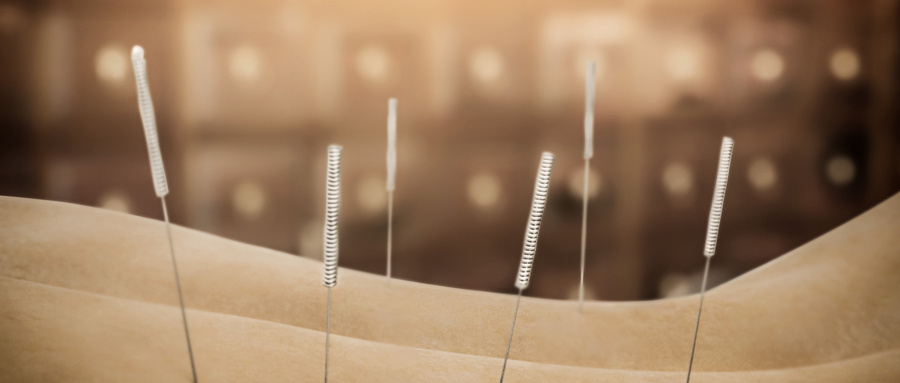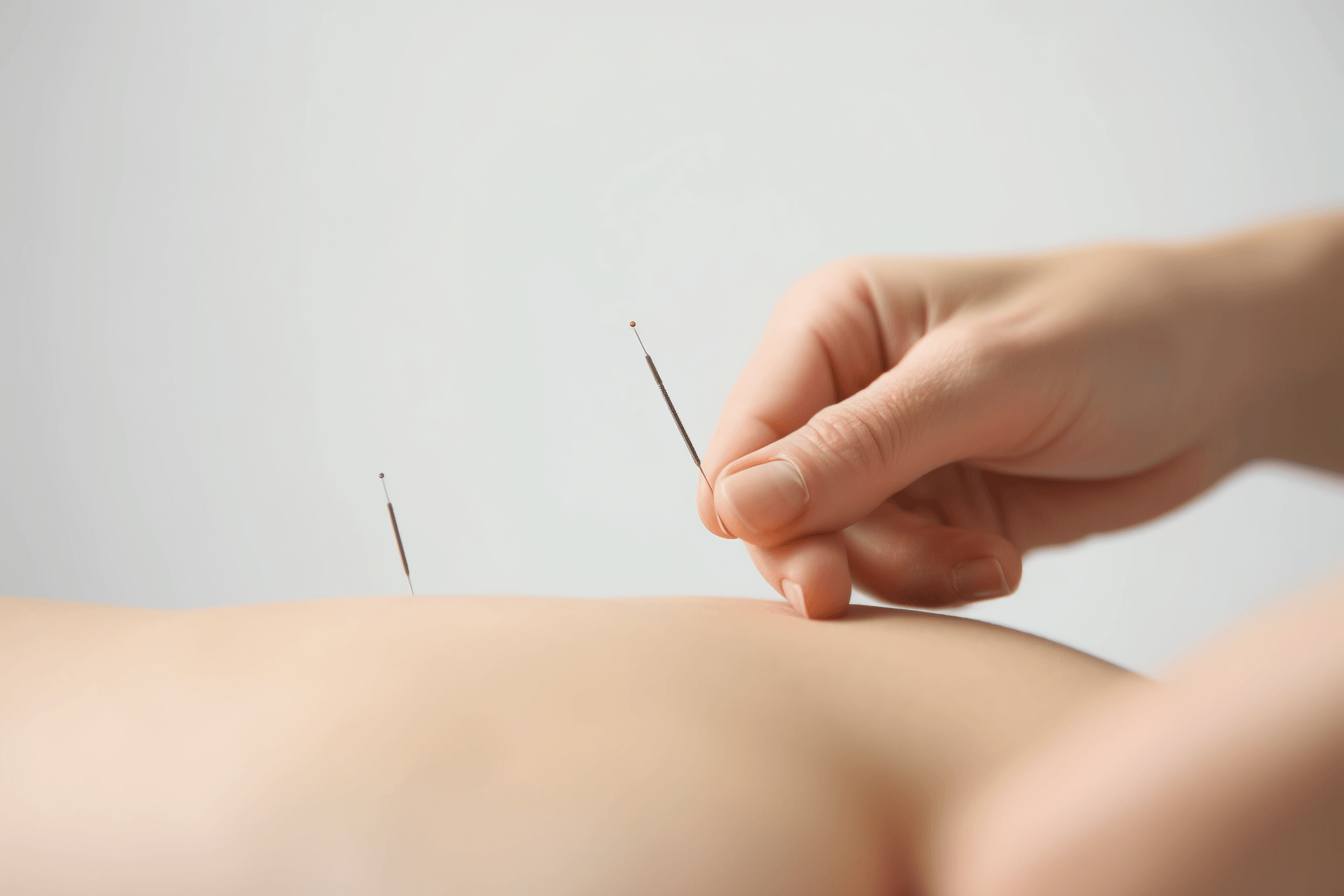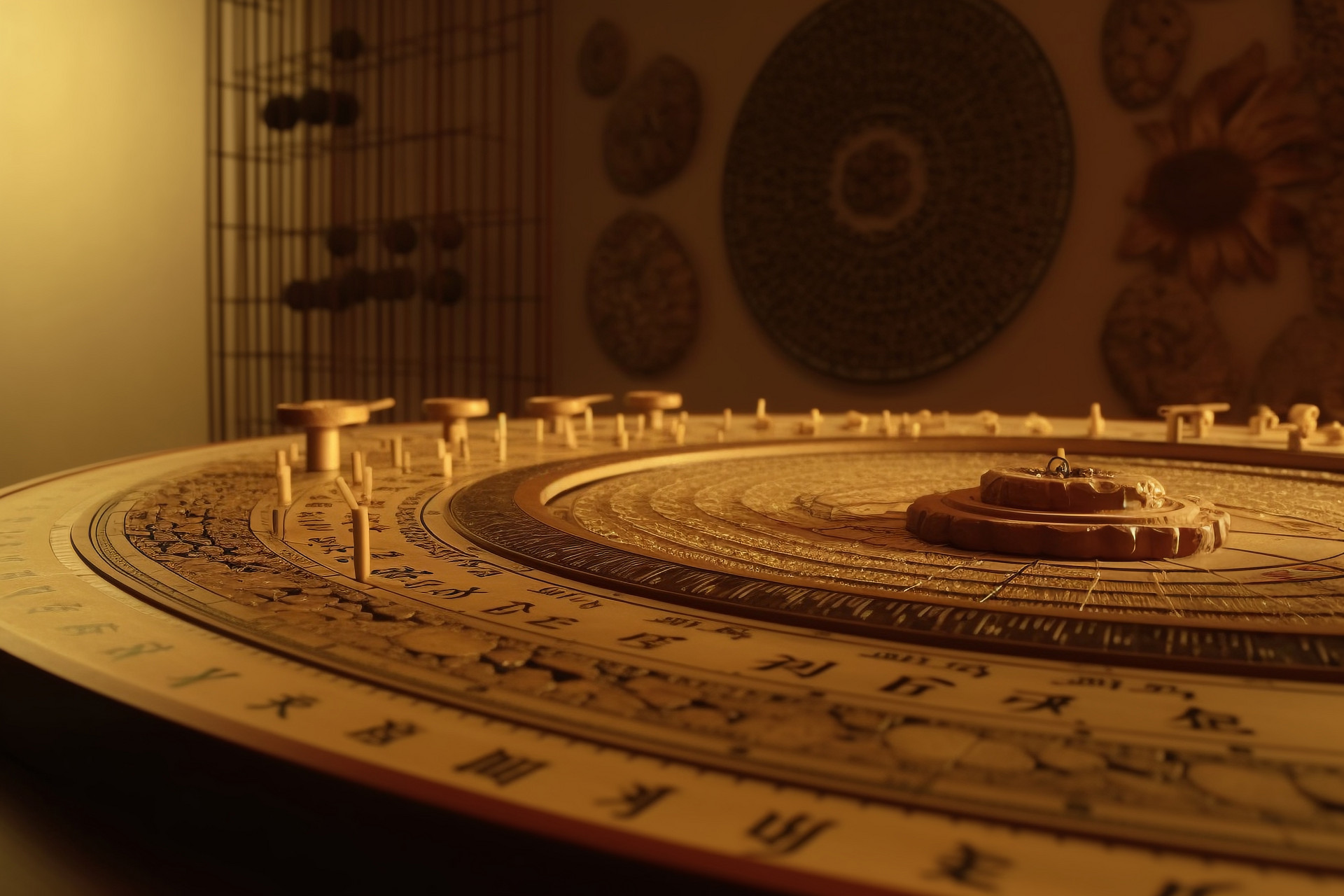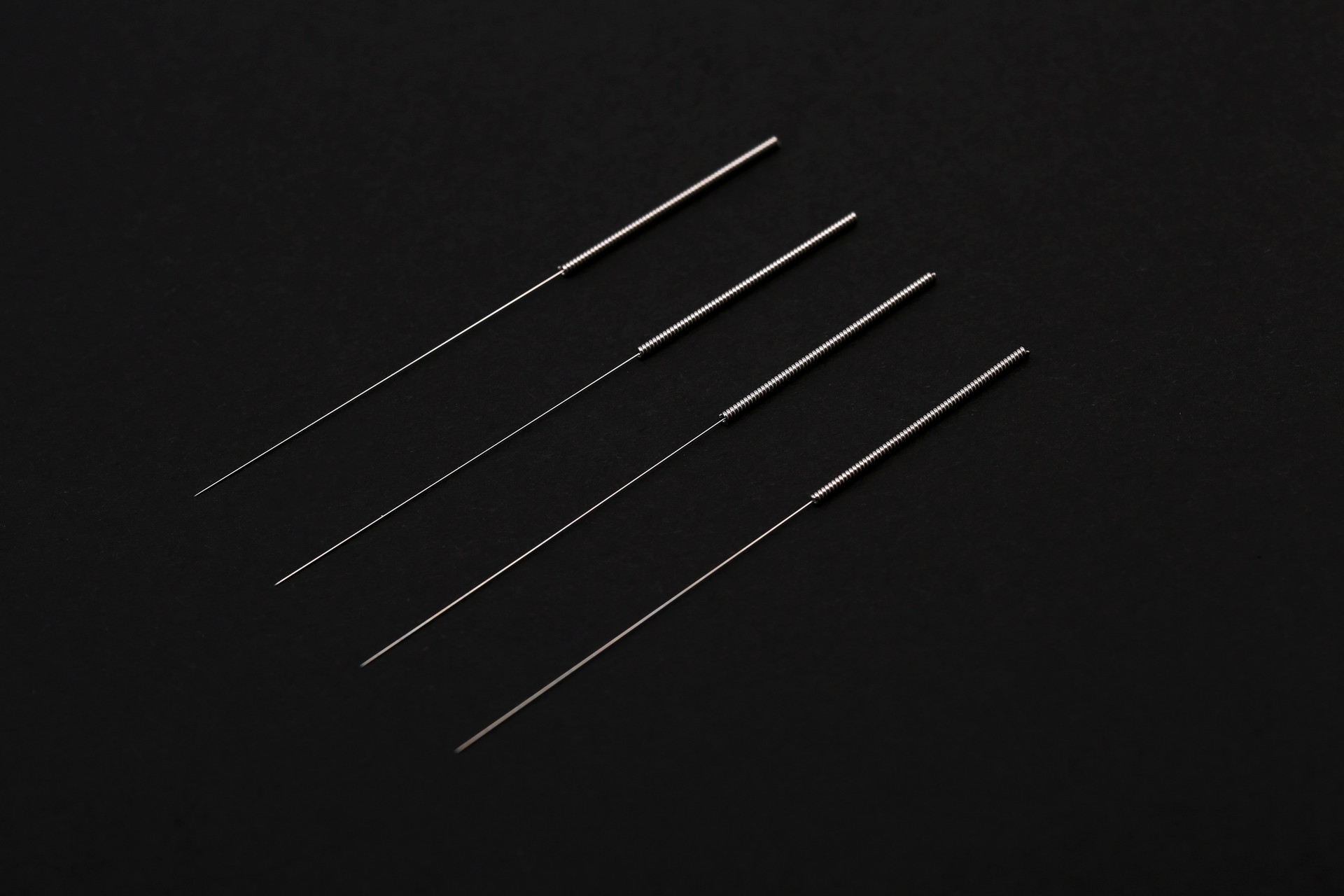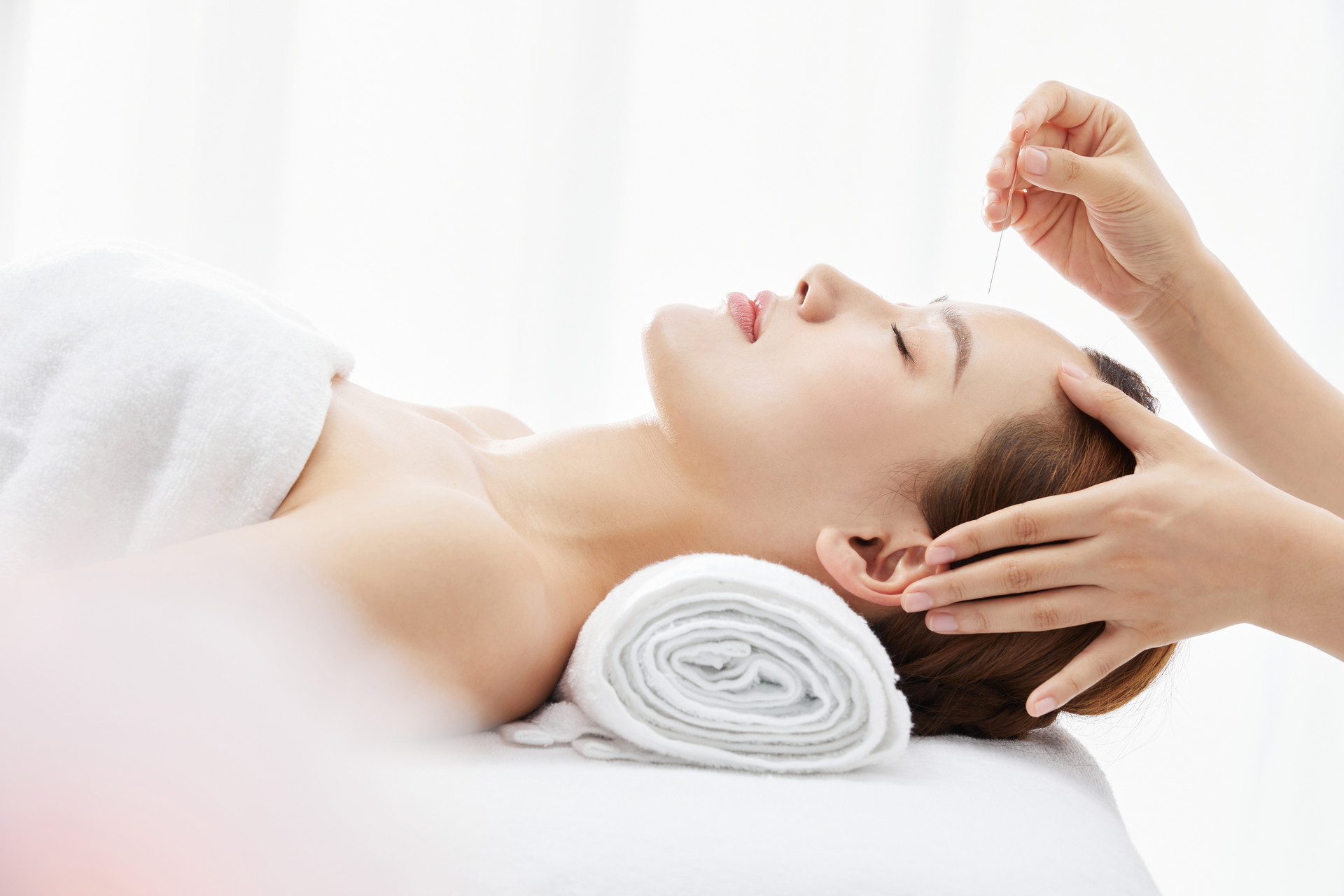Patients with sciatica have a deep understanding of how painful it can be. Sciatica is a syndrome characterized by pain along the sciatic nerve pathway and distribution area. How can it be treated? Below, I will share a case of traditional Chinese medicine acupuncture treatment of sciatica using the Jinggu point, and what are the effects and functions of the Jinggu point?
What is sciatica?
Typical symptoms:
Sore back, continuous dull pain in the waist and back, sore legs, stiffness in the waist, lightning pain in the buttocks, radiating pain in the foot, disappearance of tendon reflex, tenderness in the sciatic foramen.
Sciatica is more common in middle-aged and elderly men, and is more common on one side. The onset is sudden, first feeling soreness in the lower back and stiffness in the waist. Or, a few weeks before the onset, there is a brief pain in the lower extremities when walking and exercising. Then gradually worsens and develops into severe pain.
The pain starts from the waist, buttocks, or hips, radiates down the back of the thigh, popliteal fossa, lateral side of the calf, and dorsum of the foot. On the basis of persistent pain, there are intermittent burning or needle-like pain intensifications.
Case of traditional Chinese medicine acupuncture treatment of sciatica using the Jinggu point
Traditional Chinese medicine practitioner Xie used moxibustion on the Jinggu point of the bladder meridian on the side where the pain was located. One session of moxibustion with a moxa stick lasted about 15 minutes. After three days of moxibustion on Friday, Saturday, and Sunday, the symptoms were relieved, but the patient still felt pain on Monday morning.
Immediately, Xie changed the moxibustion to the original point of the bladder meridian on the painful side, the Jinggu point. After one session of moxibustion with a moxa stick, the symptoms were significantly relieved. The patient, who previously had difficulty squatting in the bathroom, could now squat easily immediately after moxibustion. The patient also did not feel pain during sleep at night.
To facilitate moxibustion, starting from the second day of moxibustion on the Jinggu point, Xie used a warm moxibustion box to warm moxibustion on the Jinggu point for 25 minutes every day. Because the patient's tongue coating appeared very damp, after warming moxibustion on the Jinggu point, Xie also had the patient warm moxibustion on both sides of the Zusanli point for 25 minutes each (one moxa stick was just enough to warm moxibustion on these three points, without waste).
On the third day after moxibustion on the Jinggu point, the symptoms were even more significantly reduced. The bladder meridian in the affected area was no longer sensitive to stimulation and had basically no pain. The effect was very good. After seven days of moxibustion, there was no pain at all, and the patient fully recovered. It can be said that the effect was immediate.
The sciatica was cured, and the Zusanli point was also warmed by moxibustion for six days. The thick layer of fluid on the patient's tongue coating had significantly reduced, and the symptoms of acid reflux had also improved a lot. The patient felt much more comfortable and his complexion had improved.
In this way, ten moxa sticks cured the sciatica and relieved the stomach problems, all with a cost of less than five yuan. It is truly simple, convenient, inexpensive, effective, green, and efficient!
The precious experience summarized and inherited by our ancestors for thousands of years is truly amazing!
Functions and effects of the Jinggu point
1. Functions of the Jinggu point
The Jinggu point has the functions of clearing heat, stopping spasms, improving vision, and relaxing tendons.
The Jinggu point is the original point of the bladder meridian and has the effects of calming the mind, soothing the meridian, and promoting blood circulation.
2. Effects of the Jinggu point
The Jinggu point can generate qi and blood, clear heat, stop spasms, improve vision, and relax tendons. It has the functions of calming the mind and promoting meridian circulation.
It is commonly used in the treatment of hypertension, stiff neck, lumbar muscle strain, acute lumbar sprain, and neurogenic headache.
3. Diseases treated by the Jinggu point
The Jinggu point is mainly used to treat diseases of the head, neck, back, waist, and lower limbs, such as headache, dizziness, red and dull eyes, nasal congestion, nosebleeds, cold back, strong spine, waist and buttock pain, hip pain, hemiplegia, knee and shin pain, cold and damp foot, foot ulcers, heartache, abdominal fullness, diarrhea, rectal bleeding, madness, epilepsy, and malaria.
The Jinggu point is mainly used to treat headaches, stiff neck, epilepsy, waist and leg pain, ankle pain, etc.
1. Diseases of the nervous system: meningitis, cerebral hemorrhage, epilepsy, infantile convulsions, headaches;
2. Others: myocarditis, rickets, malaria, etc.


